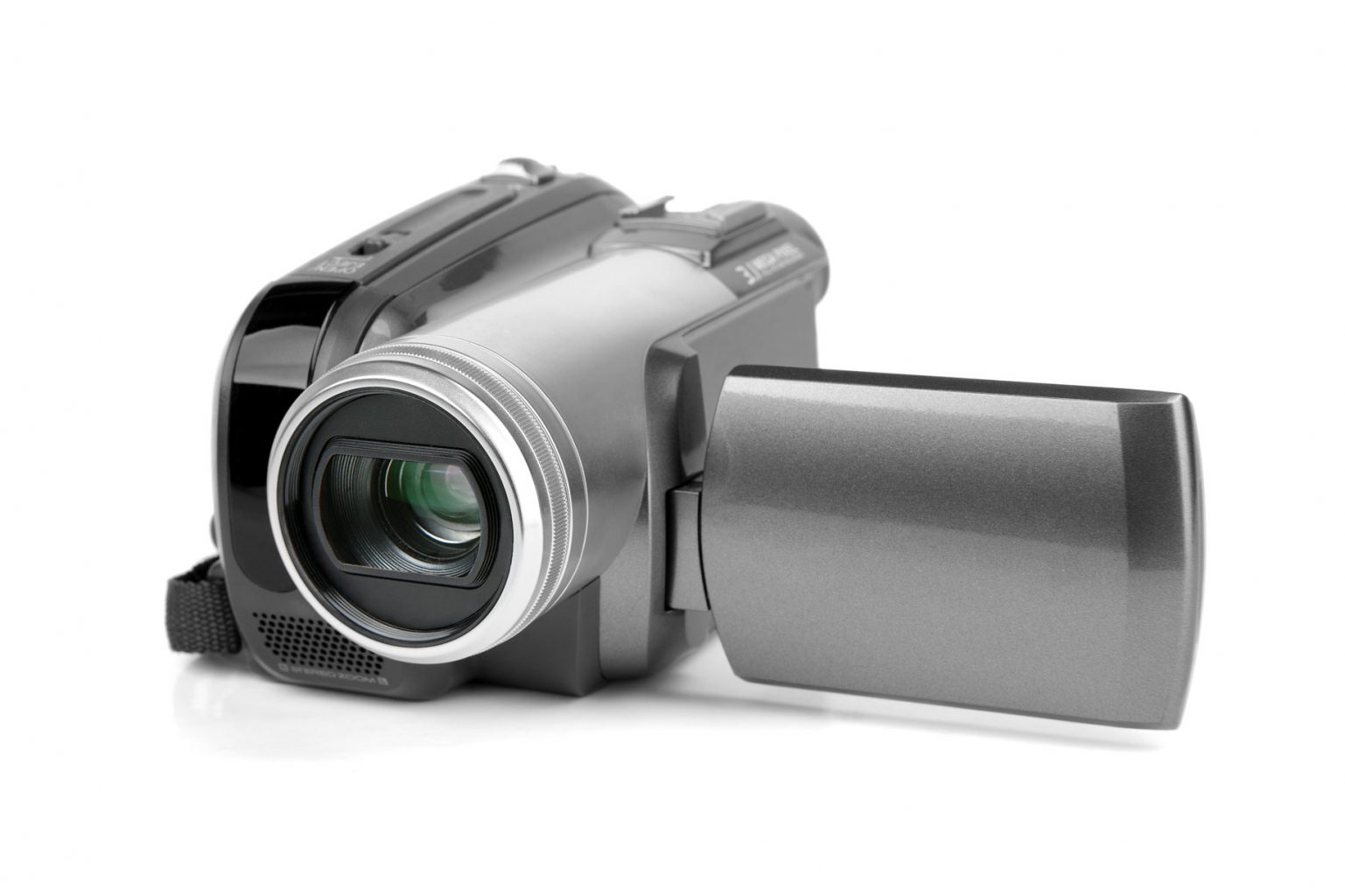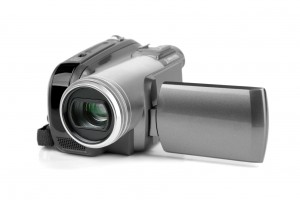Add video to your promotional materials and forge a deeper connection with your collectors
Before investing in your artwork, many art buyers would like to meet you, the artist, and hear about your experiences. But what about the people who aren’t in the gallery where your artwork is being shown? How can you create opportunities to make connections, build a following, and sell your work?
Art buyers can read about your artistic background and see your work on your website, gallery site, and social media pages, such as Facebook, Twitter, Google+, or Instagram. While these digital outlets offer buyers the ability to familiarize themselves with you and your artwork, are they enough to create a lasting connection?
Video has emerged as the most effective way for artists to create an emotional connection when in-person contact isn’t an option. Viewers get to see your work in a setting of your choice, hear your comments about your inspirations, watch you create your art, and get to know you. Hearing your voice provides the viewer with a more intimate connection to you and your work than viewing photos and reading text does.
If you are ready to take advantage of the power of video to communicate with your buyers, you may find the following tips on videography elements helpful in charting the path that works best for you. Investing more in time and equipment will make the final outcome better and easier to produce, and you can quickly get started with consumer-level equipment.
Video Camera
In recent years, consumer video cameras have decreased in price and increased in quality. Automatic settings make it easier for those with no video experience to enjoy high-quality video at a reasonable price. However, I suggest using manual focus; otherwise, the camera constantly tries to autofocus and sometimes ruins important shots.
Storytelling with an Interview
Recording a short interview is not necessary, but it does provide narrative. You can make a one-minute video, with music, showing highlights of your artwork. When you’re ready to include an interview, make sure that viewers immediately see you speaking and then add shots relating to what you are talking about. Reappear occasionally throughout the video and at the end. Briefly answer one question. Tell viewers the key point you want them to know about your artwork. When shooting your interview, place yourself slightly to the side of the center of the frame and look just to the side of the camera, toward an open space. This view is better than a centered one in which you look straight at the camera.
Tripod and Camera Movement
Tripods help keep the camera level and are essential for avoiding shaky, blurry shots. Let the tripod do its job, and keep it simple. Avoid pans, tilts, and zooms at first. Save the fancier techniques for after you have gained some experience.
Lighting
Lighting is especially difficult in art galleries. Gallery walls are well-lit to show the art, but space that is more than two or three feet from the wall may have low lighting. Use a light on your artwork’s “face” or place it within the gallery lighting. Avoid showing shadows on the wall from the lighting. Inexpensive camera lights can light only a few feet. Using light stands helps move illumination to one side of the camera, making for a more dramatic look. Look into the camera’s viewfinder to make sure everything looks good before recording. If your camera is auto-color-balanced for indoor lighting, it will show any light coming through the windows as blue. If your camera is balanced for outdoor light, the indoor lighting will look yellow. Filming at night, when there is no sunlight coming through the windows, makes it easier to adjust the camera to accommodate indoor lighting.
Sound Quality and Microphones
Do not rely on the built-in microphone on the camera for an interview. Instead, when buying a consumer camera, make sure it has a jack to accommodate a microphone. Clip-on lapel microphones are best because they remain close to your mouth and will make your audio clearer. They also help reduce background noise, such as that from air conditioners, street activity, echoes, and footsteps.
Background Music
A melody in the background can set the tone of a video, but you must have a license for any music you use. Professionals buy music from vendors and libraries to ensure that it is available for use. If you use music without paying for the license, YouTube will remove the video, and it will be of no use to you. Look for free music on Google or purchase inexpensive, royalty-free music online. Steer toward ambient music with no lyrics, so that it will not distract the viewer. YouTube also offers music options for your videos.
Editing
Research shows that most viewers watch an online video for about three minutes. Limiting your video to one to two minutes increases the chance that a viewer will watch it all the way through. Professionals use video-editing software to make the videos look and sound great. Consumer-level programs, such as Windows Movie Maker and iMovie, offer a place to start. When searching for freeware, remember that free software often comes with spyware, so use caution. Stay away from cheesy transitions and effects. They may look cool when you first see them, but sticking to the basics will keep your viewer engaged.
Phone Video
With cell phone cameras making great leaps forward in the past five years, it has become possible to make decent videos using your phone. Limit their use to just shots of the works, people looking at the work, and people interacting with you, however. And if you use a phone to record, make sure to use a tripod. You can find inexpensive adapters online that accommodate the use of tripods with cell phones.
Orientation
Record video horizontally, not vertically. Imagine fitting the video you shoot onto a TV screen. Always shoot video in the same orientation as the way in which you watch TV.
I hope these tips are helpful. If the idea still seems overwhelming, or if you simply want to focus on the art and have someone else handle the video, seek the help of a professional videographer.
Artists today have more control than ever for sharing their work. Video can be a fun experience and a large part of an artist’s marketing plan. It is a chance to expand, reach new markets, and connect with buyers. Your art will have a chance of finding the right home if you can spread the word using new media.
Bill Crumlic is owner of CrumlicMedia in New York. He has worked in broadcasting since 1987 and has specialized in video for artists and galleries since 2009. In September 2015, he received the Thumbtack.com Best Video Editor in New York Award. [email protected]



